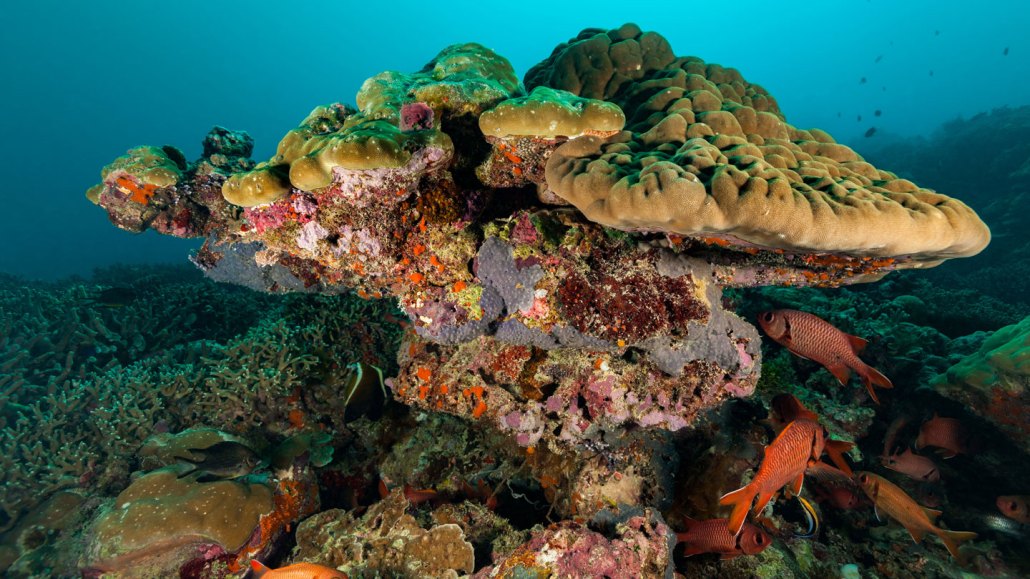Corals may store a surprising amount of microplastics in their skeletons
It’s unclear what effect the sequestering might have on reef health

Corals can store tiny plastic particles in their skeletons. Worldwide, corals may trap up to 3 percent of all microplastics in surrounding, shallow waters every year, scientists estimate.
ifish/istock/getty images plus